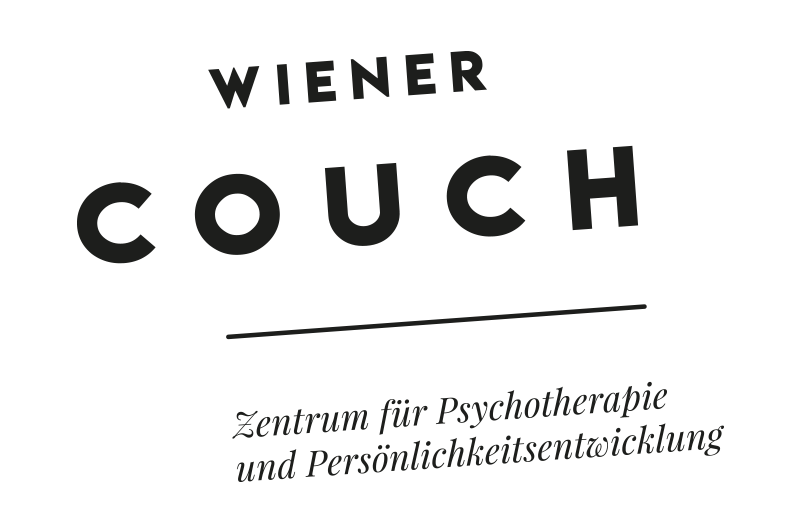
GRUPPENanalyse
Das Setting, Zielgruppe und Effekte
Ursprünglich war Sigmund Freud (1856 – 1939), der Begründer der Psychoanalyse, nicht daran interessiert mit Gruppen zu arbeiten, heute betrachten viele PsychoherapeutInnen die Gruppe als das effektivste therapeutische Setting und als die Zukunft der Psychotherapie. Dies liegt nicht nur daran, dass eine Gruppentherapie finanziell günstiger ist als eine Einzeltherapie, sondern vor allem, weil die Gruppe einen sozialen Mikrokosmos bereitstellt, in dem emotionale Schwierigkeiten auf eine Art und Weise bearbeitet werden können, die im individuellen Setting nicht immer zur Verfügung steht. Die analytische Gruppe ermöglicht den TeilnehmerInnen zu verstehen, wie sie von Gruppenprozessen beeinflusst werden und sich ihrem emotionalen Muster bewusst zu werden, das ihre Beziehungen zu anderen Gruppenmitgliedern treibt. Die Zugehörigkeit zu einer Erfahrungsgruppe hat die Macht, das soziale Leben ihrer TeilnehmerInnen zu verändern.
Die Methode: Gruppenanalytische Therapie
Die kleine analytische Gruppe trifft sich einmal wöchentlich für 90 Minuten. Die Größe der Gruppe wird auf 6-8 Mitglieder beschränkt. Das „Hier und Jetzt“ in den Sitzungen ist der wichtigste therapeutische „Spielraum“ und es ist von größerer Bedeutung als die Geschichten, die aus dem tatsächlichen Leben der Gruppenmitglieder kommen. Die Mitglieder werden ermutigt, sich so frei wie möglich und ohne Zensur zu äußern, was gerade durch ihren Kopf geht. Die Therapeutin/der Therapeut unterstützt die Gruppe in ihrer Selbsterforschung und hilft dabei Gruppenprozesse ins Bewusstsein zu bringen. Sie/er stellt sicher, dass die Rahmenbedingungen der Gruppe aufrecht bleiben. Mit der Zeit erarbeitet sich die Gruppe das Potenzial, eine intensive emotionale Erfahrung zu erleben, so wie es sich im Alltag selten bietet. Die bedeutungsvollen Begegnungen innerhalb der Gruppe fördern höhere Ebenen des Selbstbewusstseins im Sozialbereich.
Group analysis
The Setting, Target group, and Effects
The founder of psychoanalysis, Sigmund Freud (1856 – 1939), was not interested in working with groups, but nevertheless, many therapists today consider groups to be the most effective therapeutic setting and the future of psychotherapy. This is not only because of group therapy being financially more affordable than individual therapy, but mainly because the group provides social microcosm where emotional difficulties can be worked through in a way that is not always available in the individual setting. The analytic group makes it possible for participants to understand how they are influenced by group processes and to become aware of the emotional patterns that motivate their relationships with other group members. Belonging to an experiential group has the power to transform the social life of its participants.
The Method: Group Analytic Therapy
The small analytic group meets once a week for 90 minutes. The size of the group is kept to 6-8 members. The “here and now” in the sessions is the real therapeutic “playground” and it is of greater significance than the stories brought from the actual lives of the group members. The members are encouraged to speak up what is currently on their mind, as freely as possible and without censoring. The therapist supports the group in its self-exploration and in bringing group processes into awareness. He also makes sure that the boundaries of the group are kept safe. With time, the group becomes an extraordinary emotional endeavor, which is not comparable in its depth to other forms of interactions. The meaningful encounter within the group promotes higher levels of self-awareness in social settings.
